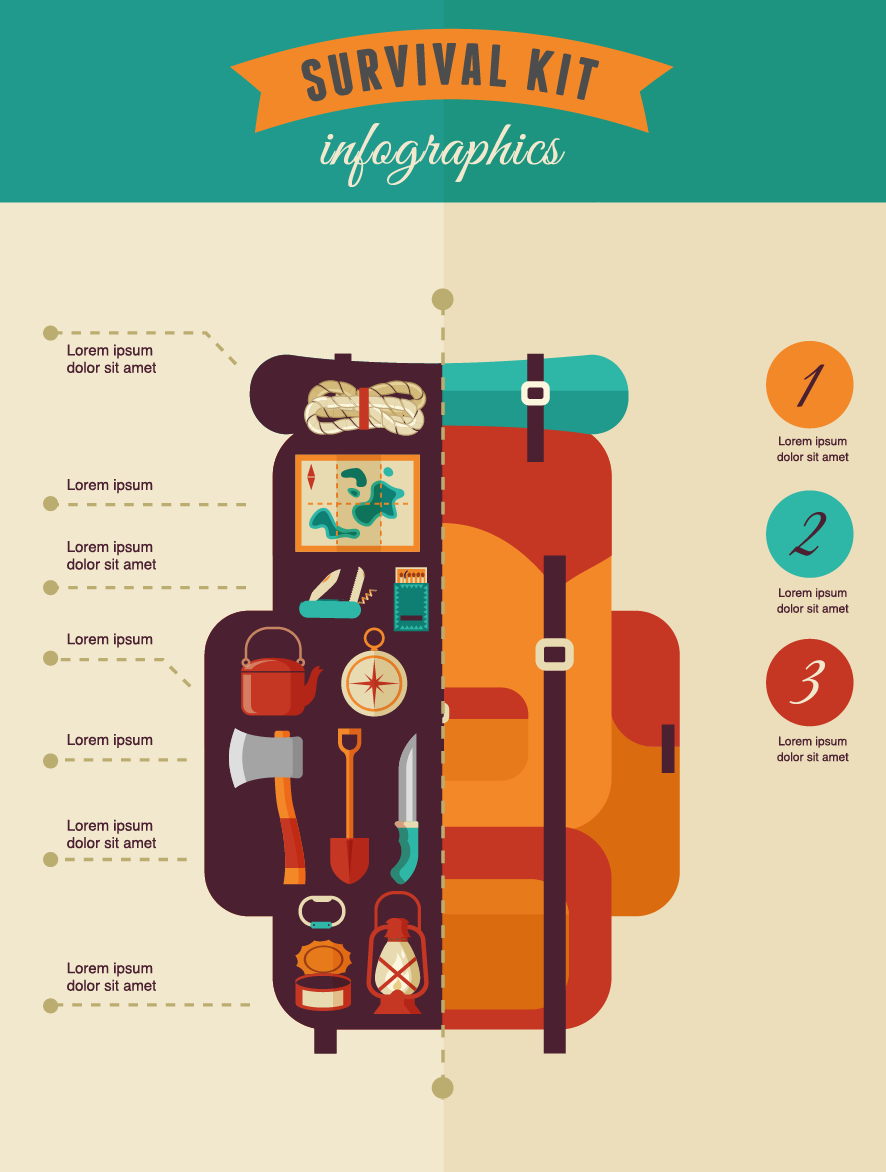If you camp regularly in areas with rocks or sharp downed branches or just dislike storing a damp, sloppy tent, then a footprint is most definitely worth considering. Footprints are also fairly low-cost contrasted to a brand-new tent.
Are tents waterproof?
Lots of camping tent producers offer their very own particular footprints, which are reduced to the precise size of the outdoor tents flooring. However, you can make one on your own with a light-weight fabric like polycryo or tyvek.
Climate condition
Whether you need an impact truly depends on the problems you'll be camping in. If you're backpacking in a location where the ground is usually damp (it's practically inevitable), an outdoor tents footprint can be a valuable enhancement to your kit, as it will certainly avoid your outdoor tents flooring from becoming soaked.
Nevertheless, if the impact is also huge it can serve as a moisture catch and potentially permit water to swimming pool under your tent. This can be stayed clear of by making certain the footprint is reduced a bit smaller than your outdoor tents on all sides.
Typically talking, it's ideal to get an impact from the exact same supplier as your camping tent to ensure a precise fit. They also often tend to be made from thicker, a lot more durable products than DIY choices. They can be costly for something whose sole purpose is to safeguard the ground underneath your outdoor tents, however it can be a worthwhile financial investment if you respect the longevity of your equipment.
Terrain
Lots of quality tents can work well without an impact, especially those that have actually tub floors constructed from resilient products. However, the terrain you trek on can have a significant effect on how swiftly your tent flooring breaks. Granite slabs, sandstone and various other sturdy surfaces put on via the bottom of your camping tent much faster than grassy meadows or woodland floorings.
A footprint or ground cloth aids expand the life of your camping tent by working as a barrier between the ground and the sewn-in groundsheet of your camping tent, claims REI senior sales specialist Elizabeth Nguyen. It likewise safeguards the camping tent from abrasive components like sharp branches and jagged rocks that might penetrate or tear the sewn-in flooring. When selecting an impact for your camping tent, it is essential to guarantee it's slightly smaller than the camping tent on all sides. This protects against water from pooling in between the outdoor tents and footprint throughout a rainstorm, which could leak right into your tent. The most effective option for an impact is to purchase one created for your specific camping tent, which will certainly guarantee a tight fit.
Tents with Lower Deniers and Water-proof Ratings
Whether you're a laid-back backpacker or a hardcore adventurer, the sturdiness degree of your outdoor tents is an essential factor to consider. Tents created to be ultralight, approaching minimal, frequently trade off some level of longevity in the fabric and materials utilized.
One textile spec you'll come across is denier, which describes the weight in grams of a 9,000-meter length of yarn that comprises the outdoor tents's cover, rainfly, and/or floor. A higher denier spec represents a lot more tough fabrics, while lower numbers suggest lighter and less long lasting textiles.
Various other specifications to look at include floor dimensions, vestibule size, and indoor pockets. The previous mirrors the total square-footage that can be made use of for comfortable space, while the latter can play a role in storage by providing a location to stash gear over night and in bad weather. Air flow is additionally an important factor; as you exhale dampness during sleep, it requires to run away, or condensation may develop within. Features such as mesh windows and panels and flexible rainfly doors help boost air flow and prevent this from occurring.
The Price
The cost of a camping tent can influence its efficiency, and it is also essential to take into consideration how much you can afford to spend. Backpackers looking for a light-weight sanctuary should aim for a camping tent with a livability ranking of at least two stars, and ideally, 3 or even more.
Livability refers to how roomy a camping tent really feels, with clearance and flooring dimensions playing a big function. Historically, backpacking camping tents utilized outstanding sloped wall surfaces and marginal space to save weight, however contemporary products allow designers to provide more comfort while keeping weight low.
Storage is another element to think about, with nice tent vestibules and a quick-pitching style helping reduce configuration time. Furthermore, the kind of material layer and just how the tent is stored can affect longevity. For example, a PU finishing that breaks down faster when wet, or goes through repeated cycles of stowing and un-stowing, can considerably shorten the life expectancy of a camping tent. Likewise, making use of a personalized impact instead of stuffing a camping tent in a slipshod way will also extend its lifespan.
Where can I camp at Camp Bestival?

 Alexa Vega Then & Now!
Alexa Vega Then & Now! Seth Green Then & Now!
Seth Green Then & Now! Raquel Welch Then & Now!
Raquel Welch Then & Now! Richard Thomas Then & Now!
Richard Thomas Then & Now! Bill Cosby Then & Now!
Bill Cosby Then & Now!